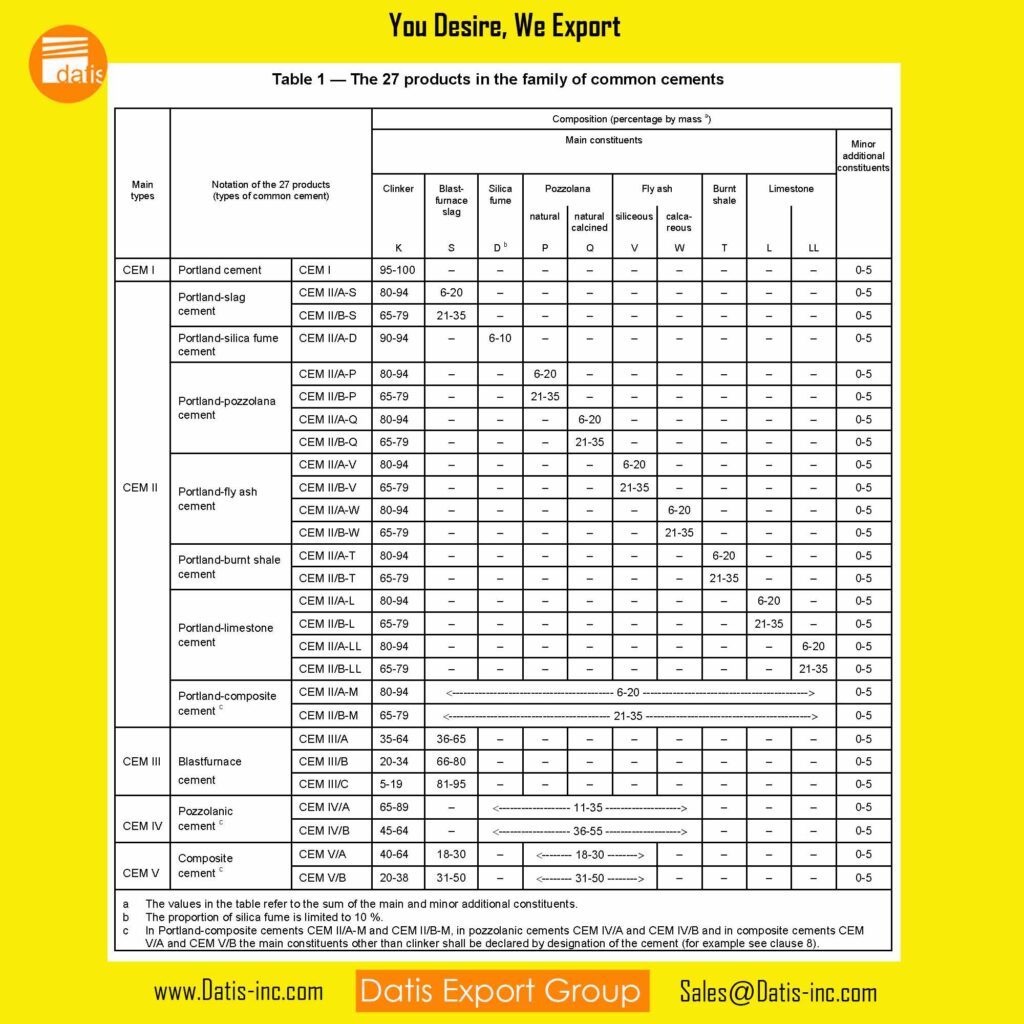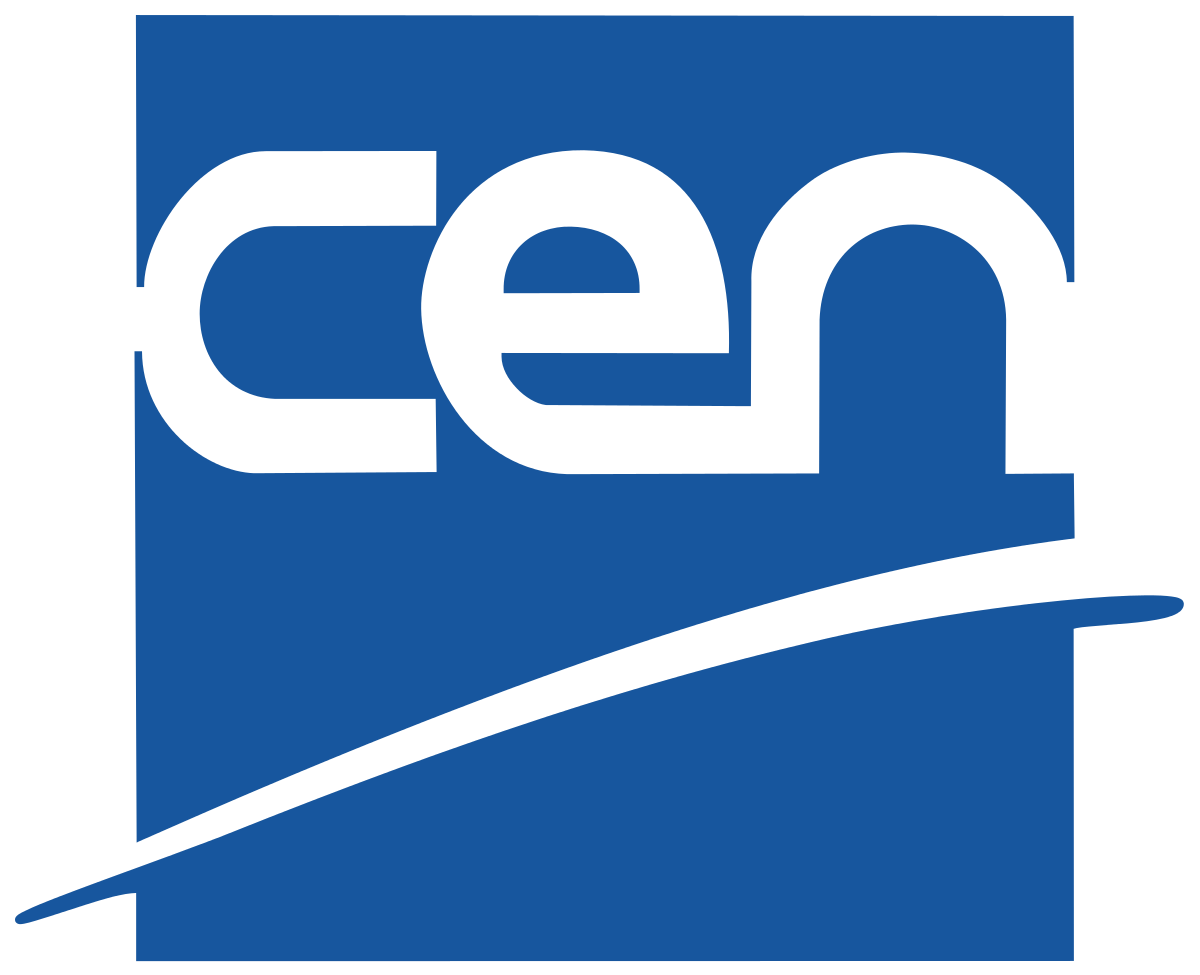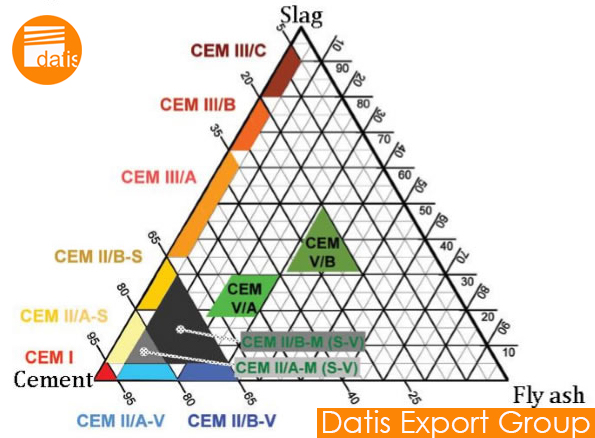What is EN 197-1 Standard?
For the answer to the question What is EN 197-1 Standard? We should know about the CEN EN 197 Scope, and related information about CEN “European Committee for Standardization”. We tried to answer all these questions briefly.
CEN (European Committee for Standardization) Organization
The European Committee for Standardization (CEN, French: Comité Européen de Normalisation) is
a public standards organization whose mission is to foster the economy of the European Union (EU) in global trading, the welfare of European citizens and the environment by providing an efficient infrastructure to interested parties for the development, maintenance and distribution of coherent sets of standards and specifications.
The CEN was founded in 1961. Its thirty-four national members work together to develop European Standards (ENs) in various sectors to build a European internal market for goods and services and to position Europe in the global economy.
CEN is officially recognized as a European standards body by the European Union; the other official European standards bodies are the European Committee for Electrotechnical Standardization (CENELEC) and the European Telecommunications Standards Institute (ETSI).
More than 60,000 technical experts as well as business federations, consumer and other societal interest organizations are involved in the CEN network that reaches over 460 million people.
CEN is the officially recognized standardization representative for sectors other than electrotechnical (CENELEC) and telecommunications (ETSI).
On 12 February 1999, the European Parliament noted in a resolution that CEN, CENELEC and ETSI co-operate smoothly and that a merger of the three standardization bodies would not have clear advantages.
The standardization bodies of the thirty national members represent the twenty seven member states of the European Union, three countries of the European Free Trade Association (EFTA) and countries which are likely to join the EU or EFTA in the future.
CEN is contributing to the objectives of the European Union and European Economic Area with technical standards (EN standards) which promote free trade, the safety of workers and consumers, interoperability of networks, environmental protection, exploitation of research and development programmes, and public procurement.
An example of harmonized standards are those for materials and products used in construction and listed under the Construction Products Directive.
The CE mark is a declaration by the manufacturer that a product complies with all relevant EU directives. CEN (together with CENELEC) owns the Keymark, a voluntary quality mark for products and services. A product bearing the Keymark demonstrates conformity to European Standards.
CEN website is: www.cen.eu
Based on description of “Who we are?” in CEN website, they introduce themselves as below:
CEN, the European Committee for Standardization, is an association that brings together the National Standardization Bodies of 34 European countries.
CEN is one of three European Standardization Organizations (together with CENELEC and ETSI) that have been officially recognized by the European Union and by the European Free Trade Association (EFTA) as being responsible for developing and defining voluntary standards at European level.
CEN provides a platform for the development of European Standards and other technical documents in relation to various kinds of products, materials, services and processes.
CEN supports standardization activities in relation to a wide range of fields and sectors including:
air and space, chemicals, construction, consumer products, defence and security, energy, the environment, food and feed, health and safety, healthcare, ICT, machinery, materials, pressure equipment, services, smart living, transport and packaging.

CEN Membership
The current CEN Members are:
- all member states of the European Union;
- three of the EFTA members: Iceland, Norway, Switzerland; and
- other states: United Kingdom, North Macedonia, Turkey, Serbia.
- The current affiliates are Albania, Armenia, Azerbaijan, Belarus, Bosnia and Herzegovina, Egypt, Georgia, Israel, Jordan, Lebanon, Moldova, Montenegro, Morocco, Tunisia and Ukraine.
- The current partner standardization bodies are Australia, Mongolia, Kazakhstan.
CEN and ISO Vienna Agreement
The Vienna Agreement was signed by CEN and the International Organization for Standardization (ISO) in 1991 but came in force in the mid-2000s.
Its primary aim is to avoid duplication of (potentially conflicting) standards between CEN and ISO. In the last decade CEN has adopted a number of ISO standards which replaced the corresponding CEN standards.
What is a European Standard (EN)?
Standards are all around us, even if we are not always aware of them. One example of a widely-used standard is the A4 size for sheets of paper.
A standard is a document that sets out requirements for a specific item, material, component, system or service, or describes in detail a particular method or procedure. Standards facilitate international trade by ensuring compatibility and interoperability of components, products and services.
They bring benefits to businesses and consumers in terms of reducing costs, enhancing performance and improving safety.
Standards are developed and defined through a process of sharing knowledge and building consensus among technical experts nominated by interested parties and other stakeholders – including businesses, consumers and environmental groups, among others.
The formal definition of a standard is a “document, established by consensus and approved by a recognized body, that provides, for common and repeated use, rules, guidelines or characteristics for activities or their results, aimed at the achievement of the optimum degree of order in a given context”.
There are several different types of standards. Basically, standards include requirements and/or recommendations in relation to products, systems, processes or services. Standards can also be a way to describe a measurement or test method or to establish a common terminology within a specific sector.
European Standards (ENs) are documents that have been ratified by one of the three European Standardization Organizations (ESOs), CEN, CENELEC or ETSI; recognized as competent in the area of voluntary technical standardization as for the EU Regulation 1025/2012.
Although they deal with different fields of activity, CEN, CENELEC, and ETSI cooperate in a number of areas of common interest, such as the machinery sector or information and communication technologies (ICTs). They also share common policies on issues where there is mutual agreement.
An EN (European Standard) “carries with it the obligation to be implemented at national level by being given the status of a national standard and by withdrawal of any conflicting national standard”. Therefore, a European Standard (EN) automatically becomes a national standard in each of the 34 CEN-CENELEC member countries.
Standards are voluntary which means that there is no automatic legal obligation to apply them. However, laws and regulations may refer to standards and even make compliance with them compulsory. (Based on CEN-CENELEC definition)

CEN President
Mr Laflèche studied at the École Polytechnique and began his career at the French Ministry of Environment. He was named as CEN President Elect in June 2015 and has held the role of CEN President since 1 January 2017. He held a variety of positions in insurance and engineering companies. He also had a number of commitments within AFNOR.

CEN Location
CEN-CENELEC Management Centre Rue de la Science 23 B - 1040 Brussels, Belgium Tel: + 32 2 550 08 11/ Email for general information (info@cencenelec.eu)
EN 1-999 Standards
- EN 1–999
- EN 1: Fluid oil stoves with vaporizing burners
- EN 2: Classification of fire
- EN 3: Portable fire extinguishers
- EN 19: Industrial valves – Marking of metallic valves
- EN 26: Gas-fired instantaneous water heaters for the production of domestic hot water
- EN 40-1: Lighting columns – Part 1: Definitions and terms
- EN 40-2: Lighting columns – Part 2: General requirements and dimensions
- EN 40-3-1: Lighting columns – Part 3-1: Design and verification – Specification for characteristic loads
- EN 40-3-2: Lighting columns – Part 3-2: Design and verification – Verification by testing
- EN 40-3-3: Lighting columns – Part 3-3: Design and verification – Verification by calculation
- EN 40-4: Lighting columns – Part 4: Requirements for reinforced and prestressed concrete lighting columns
- EN 40-5: Lighting columns – Part 5: Requirements for steel lighting columns
- EN 40-6: Lighting columns – Part 6: Requirements for aluminium lighting columns
- EN 40-7: Lighting columns – Part 7: Requirements for fibre reinforced polymer composite lighting columns
- EN 54: Fire detection and fire alarm systems
- EN 71: Safety of toys
- EN 81: Safety of lifts
- EN 115: Safety of escalators & Moving walks
- EN 166: Personal eye protection. Specifications
- EN 196: Methods for testing cement (10 parts)
- EN 197-1: Cement – Part 1 : Composition, specifications and conformity criteria for common cements
- EN 197-2: Cement – Part 2 : Conformity evaluation
- EN 206-1: Concrete – Part 1: Specification, performance, production and conformity
- EN 207: Classification and specifications of filters and eye protection against laser
- EN 208: Classification of eye protection filters for laser alignment
EN 197-1 Scope
EN 197-1:2011
Cement – Part 1: Composition, specifications and conformity criteria for common cements
Scope:
This European Standard defines and gives the specifications of 27 distinct common cements, 7 sulfate resisting common cements as well as 3 distinct low early strength blast furnace cements and 2 sulfate resisting low early strength blast furnace cements and their constituents.
The definition of each cement includes the proportions in which the constituents are to be combined to produce these distinct products in a range of nine strength classes.
The definition also includes requirements which the constituents have to meet. It also includes mechanical, physical, and chemical requirements. Furthermore, this standard states the conformity criteria and the related rules. Necessary durability requirements are also given.
In addition to those sulfate resisting cements defined in the present document, other cements conforming either to this standard or to other standards, European or national, have been nationally demonstrated to have sulfate resisting properties.
These cements which are listed in Annex A, are considered by different CEN Member countries as sulfate resisting within the limits of their territory.
NOTE 1 In addition to the specified requirements, an exchange of additional information between the cement manufacturer and user can be helpful. The procedures for such an exchange are not within the scope of this standard but should be dealt with in accordance with national standards or regulations or can be agreed between the parties concerned.
NOTE 2 The word “cement” in EN 197-1 is used to refer only to common cements unless otherwise specified.
This European Standard does not cover:
– very low heat special cement covered by EN 14216;
– supersulfated cement covered by EN 15743;
– calcium aluminate cement covered by EN 14647;
- For details, you can download the PDF on the net.

EN 197- Editions
EN 197-1:2011
ICS Code (Cement. Gypsum. Lime. Mortar): 91.100.10
Cement – Part 1: Composition, specifications and conformity criteria for common cements
EN 197-2:2020
Cement – Part 2: Conformity Evaluation. Assessment and verification of constancy of performance
DIN EN 197-1: STANDARD by DIN-adopted European Standard, 11/01/2011 in English, German.
BS EN 197-1: STANDARD by British-Adopted European Standard, 07/31/1979.
- DIN:Deutsches Institut für Normung e.V. is the German national organization for standardization and is the German ISO member body. DIN is a German Registered Association headquartered in Berlin. There are currently around thirty thousand DIN Standards, covering nearly every field of technology
- BS: British Standards (BS) are the standards produced by the BSI Group which is incorporated under a royal charter (and which is formally designated as the national standards body (NSB) for the UK).
Notes: You can download all DIN and BS version of EN197-1, 2 PDF standards through Techstreet website. (please control all issues and take responsibilities)
Datis Export Group supplies EN 197-1 Standard Portland Cement
We hope you find the answer to What is EN 197-1 Standard? now.
Datis Export Group supplies Portland Cement (Cement Clinker, Grey Portland Cement, and White Portland Cement) based on EN 197-1 Standard.
For Russia and CIS countries we supply the Portland Cement based on GOST M500 standards.

